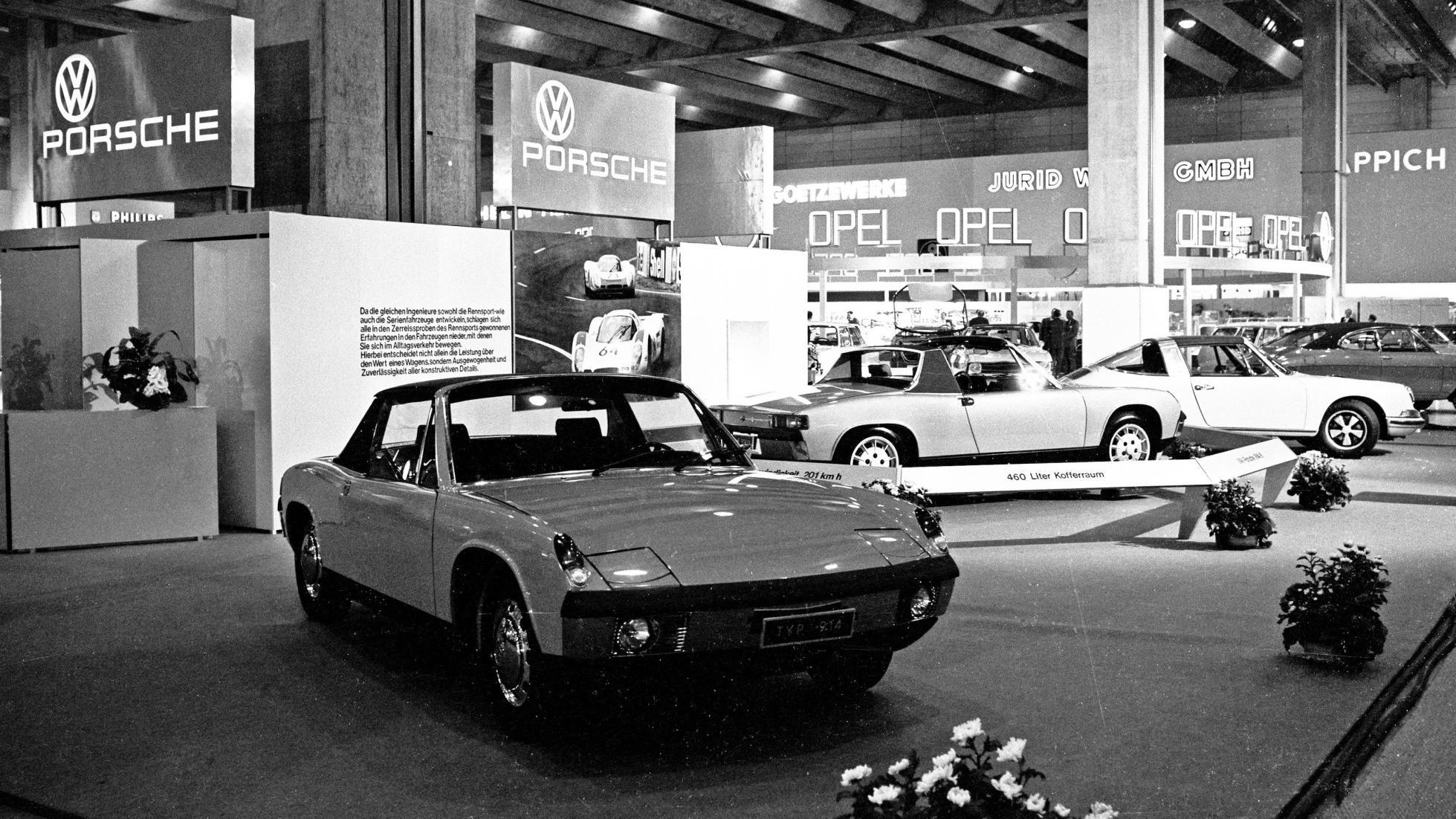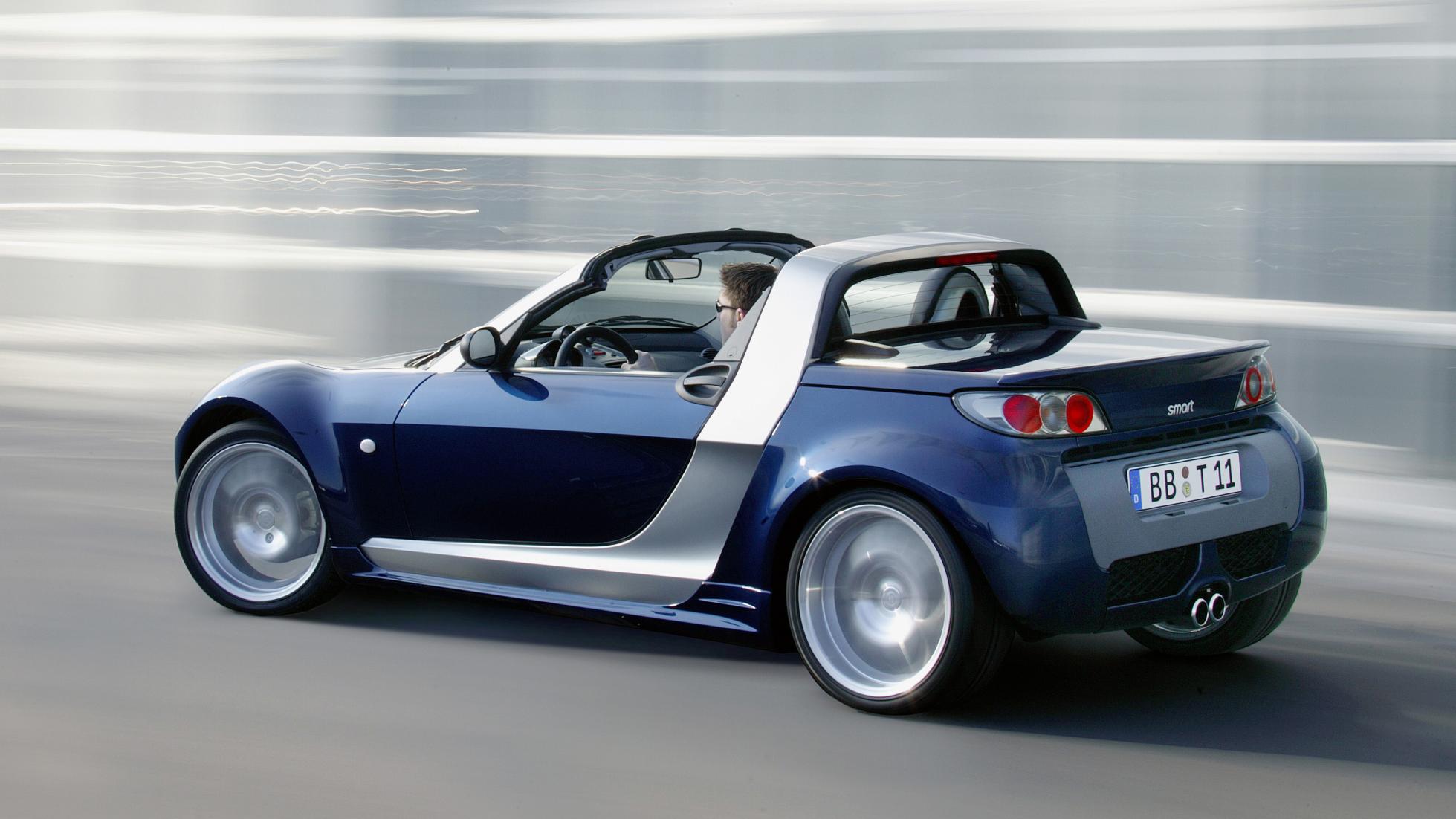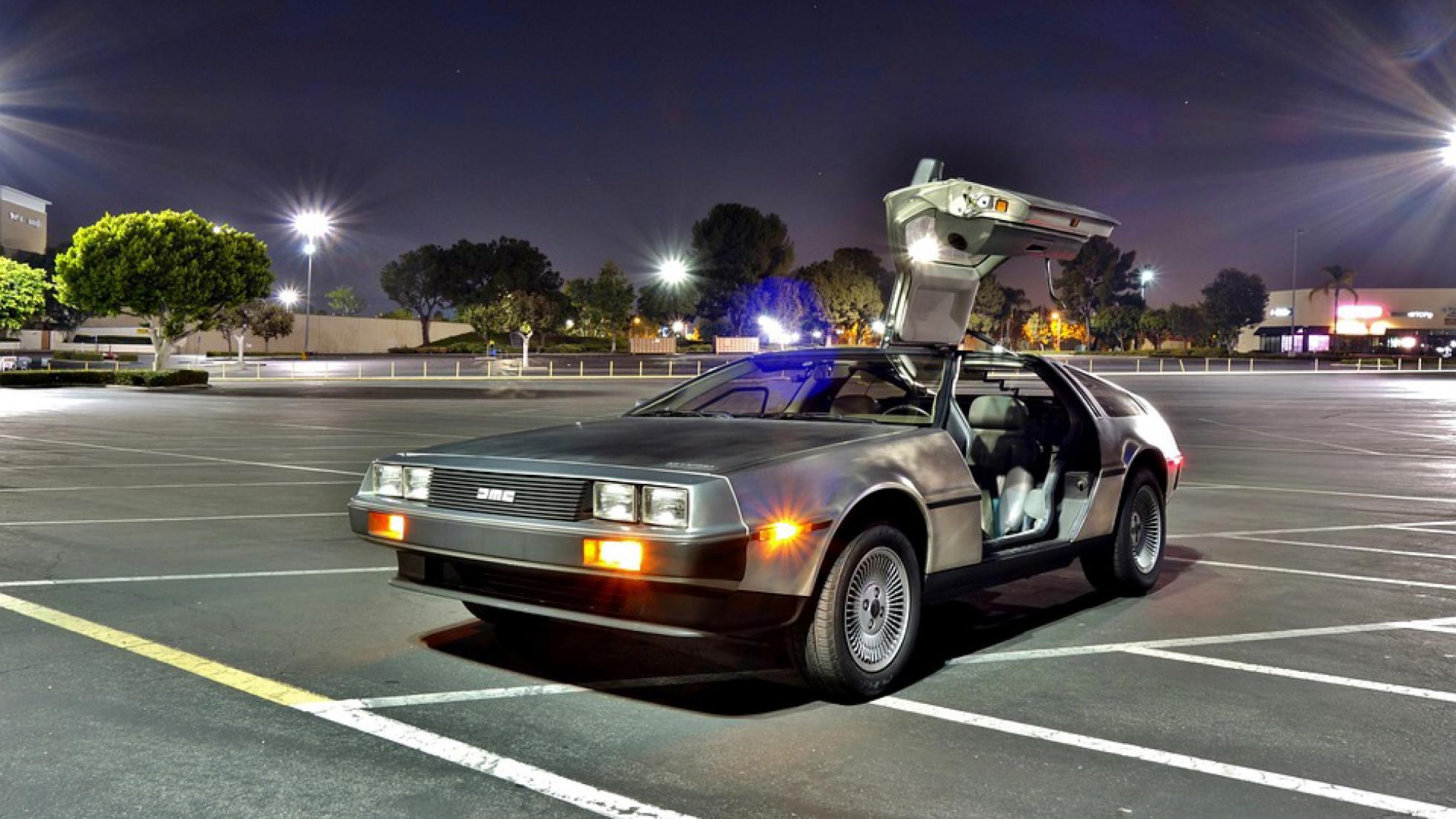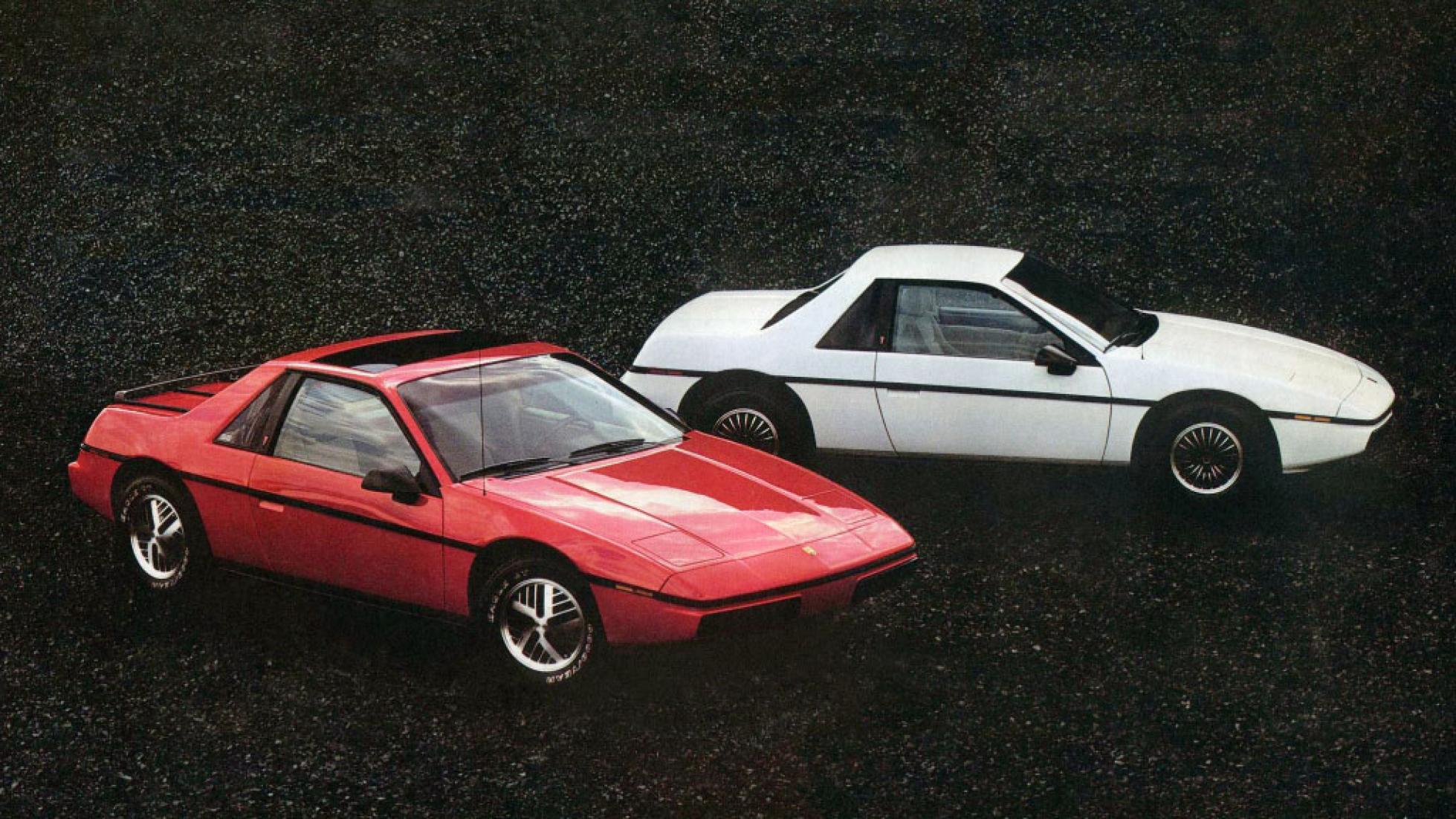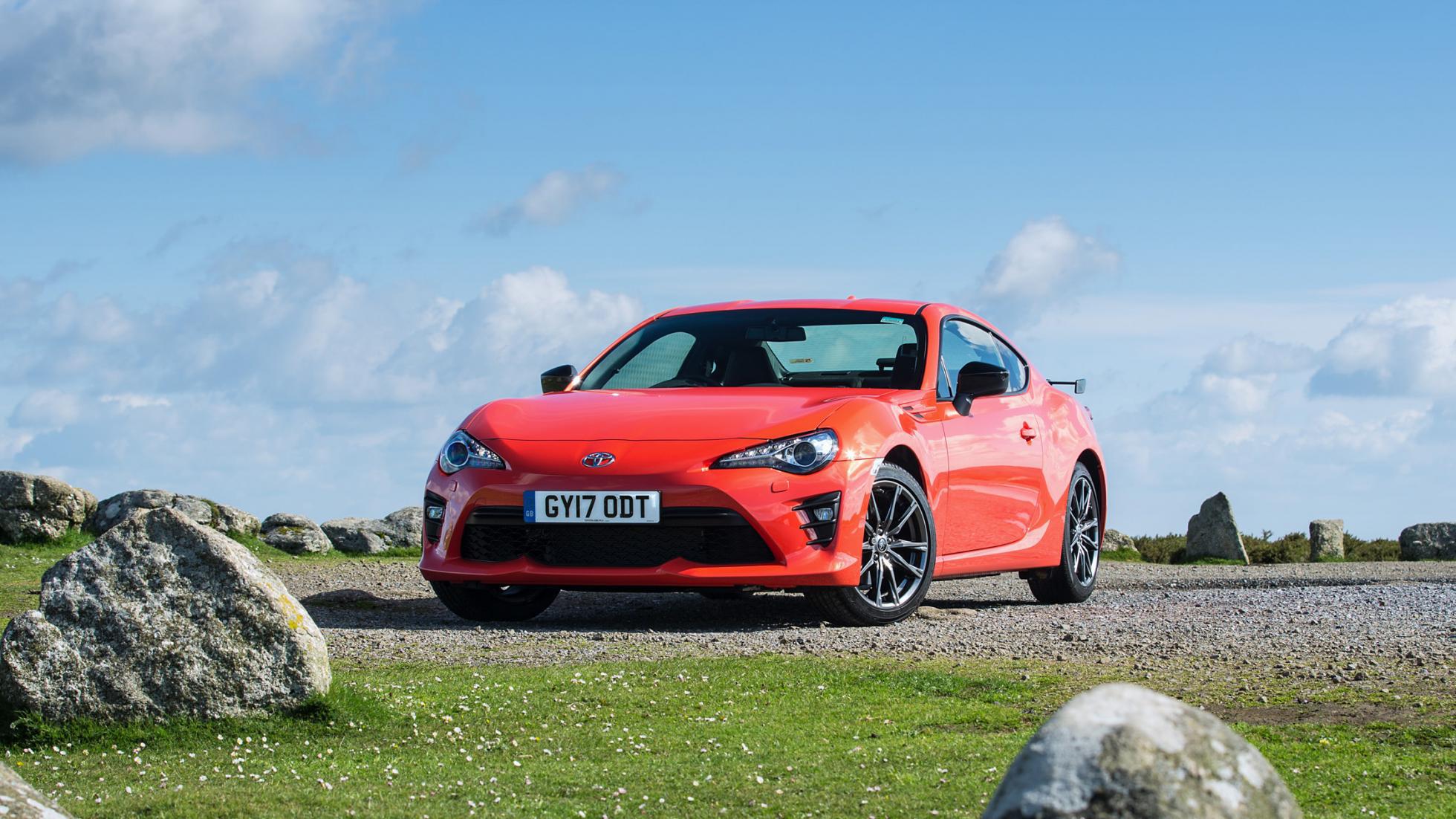Top Gear’s Top 9: really slow sports cars
1. DeLorean
If you’ve ever watched Back To The Future and thought the dramatic run-up needed to get Doc Brown’s DeLorean time machine up to the magic 88mph was a bit Hollywood, then you need to hear just how pathetically slow the DeLorean really was.
The Northern Irish-built sports car was designed to have a high-revving Wankel rotary engine in the middle, before plans then changed to a Ford V6 engine. This was too unreliable – dammit, America – so DeLorean changed tack and went for a Citroen V6 that wasn’t powerful enough. Dammit, France.
Plans to turbocharge the Citroen’s weak engine were dropped, and DeLorean eventually settled on a truly rubbish joint-venture V6 designed by Peugeot, Renault and Volvo. The 2.8-litre motor generated just 130bhp, and wouldn’t fit in the mid-engine bay, so the car had to be reconfigured for a rear-mounted powerplant. This would have made for scary handling, if the 10.5 second 0-60mph (0-97kph) time hadn’t caused rivers to nod off before they got to a bend, let alone the space-time continuum.
2. Smart Roadster
With sales on the innovative little Smart ForTwo city car not as red-hot as parent-brand Mercedes was hoping, there was panic in the Smart offices in the late 1990s. How could the urban-offshoot brand generate some buzz, steal headlines from BMW’s exciting new Mini project, and get people through the showroom doors?
Someone happened on the idea of a lightweight sports car. The result was the two-seat Roadster, clothed in plastic panels and powered by a 0.7-litre turbocharged three-cylinder engine, tickling the rear tyres with just 81bhp. This was then diluted by a painfully slow automated manual gearbox with ‘F1 style’ sequential shifting, which had about as much true F1 pedigree as a can of Rich Energy drink. Despite funky styling and peppy cornering, the Roadster sold about as quickly as it got moving.
If you think 0-97 in 10.6 seconds is limp, try not to think too hard about the European entry-level model, which made do with just 61bhp. Is 0-97kph in 15 seconds technically ‘moving’ at all?
3. Ferrari 208 GTB
What could have more promise, more raw kerb appeal, than a mid-engined, pointy-nosed Ferrari with a V8 engine burbling away behind the seats? Well, one with more than 153 horsepower, for a kick-off.
Yep, in 1980 Ferrari decided to pull a fast one on Italy’s own tax authorities, who had decided to double the duty paid on cars with engines larger than 2,000cc. The engineers cunningly slung a de-bored version of their Tipo V8 into the 308, creating a 1,990cc eight-cylinder supercar good for a mere 214kph. Only 160 examples were made before Ferrari revised the design by adding a turbocharger. This got the car to 97kph in a respectable 6.6 seconds, and put the top speed beyond 240mph.
4. Porsche 914/4
Platform sharing between Volkswagen and Porsche goes back further than you think. These days, a Touareg and a Cayenne share chassis foundations and tech, but back in the 1960s, VW and Porsche were planning to launch a co-developed targa-roofed sports car. The entry-level four-cylinder engine version would be badged as a VW, and the higher-powered flat-six blessed with a Porsche badge.
However, Porsche got cold feet about selling a badge-engineered Volkswagen, so the finished car was only ever sold with Stuttgart’s prancing horse on the badge. The base-model for the USA offered up just 80bhp, so despite weighing as much as a roller skate, the 914/4 took 13.3 seconds to haul itself from 0-100kph. The 914/6 had 109bhp, and only took 8.7 seconds. Much more like it.
5. Chevrolet Corvette C3 ‘California’
A low point for America’s sports car arrived in 1980, when Chevy simply gave up trying to get its big-block V8 engines to comply with the state of California’s strict emissions laws, and just bunged in a smaller, strangled motor instead. Sold (thankfully) just in the 1980 model year, the C3 ‘California’ was merely available with a combination of the 305 cubic-inch V8 and stone age 3-speed automatic gearbox.
Yup, from a mighty 5.0 litres, the Golden State’s ‘Vette could muster just 180bhp.
Mind you, the 5.7-litre version sold elsewhere in the US only had 230bhp. And to rub yet more salt in the wound, 1980 Corvettes were fitted with a speedo that only read up to 85mph (137kph), after a new law enacted in America demanded speedos read no higher to discourage speeding. Land of the free, eh?
6. Toyota GT86 / Subaru BRZ
Here to prove that not all great sports cars are fast – just as not all fast cars are sporty – the Toyobaru was never a straight-line weapon, struggling to keep pace with a hot Renault Clio. Subaru insisted on a flat-four engine for a low centre of gravity, and both companies shunning turbocharging for crisp throttle response.
So, the 197bhp coupe was never going to be a rocketship, but it’s a modern example of the old-school mantra that power isn’t everything, and a sweet chassis that makes use of every single horsepower beats an over-endowed lump of soulless numerical showing off every time. Almost.
7. MG Midget
The MG Midget is one of the quintessential British sports cars of the swinging Sixties. But when it arrived on the scene around the same time as The Beatles in the summer of 1961, it made do with a 1.0-litre engine developing just 46bhp. Within a year this was swapped for a 1.1-litre motor good for a heady 56bhp, which was just as well. Early tests indicated the Midget had a top speed of around 142kph, but you’d need the patience of a primary school orchestra conductor to get there – 0-97kph took a glacial 18.3 seconds.
By 1967, MG should surely have sussed it out? Nope – the later model pictured made do with a 65bhp detuned Mini engine, so it didn’t tread on the toes of the pricier MGB. Ahh, the British car industry everyone.
8. Pontiac Fiero
America’s first mid-engine sports car has become infamous for just about every reason in the book. Unreliability, slow performance, rubbish build quality, a habit of catching fire and a sad retirement being converted into unconvincing Ferrari replicas. What a mess.
That said, the idea behind the Fiero was sound: a smaller, cheaper to buy and not-as-thirsty sub-Corvette model for GM to sell to gearheads in the squeeze of high fuel prices.
It wasn’t until 1985 that the Fiero inherited a V6 with a decent slug of poke. The basic models got sullied with a 10.7sec 0-97 sprint and 17sec quarter-mile time, courtesy of a 2.5-lite four-cyl engine with 190bhp, which would then promptly shove a rod through the engine block, leak oil over the hot exhaust, and barbeque itself. And that, kids, is why a name that’s an anagram of ‘o fire’ is a bad idea.
9. AC Ace
The car that went on to spawn the mighty AC Cobra began life powered by a 100bhp four-cylinder engine that had its roots in a design from the 1920s. By the standard of the early 1950s, the Ace was hardly embarrassed by taking 11.4 seconds to get from 0-97, but by 1964 Carroll Shelby was merrily dropping in 7.0-litre Ford V8s churning out a colossal 425bhp, making the 180mph+ Cobra the world’s fastest sports car. The irony…




